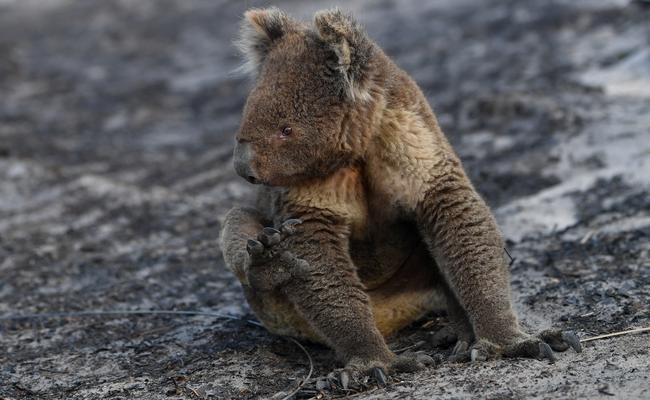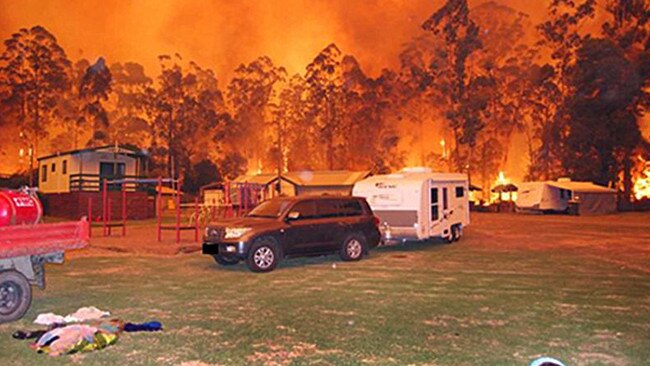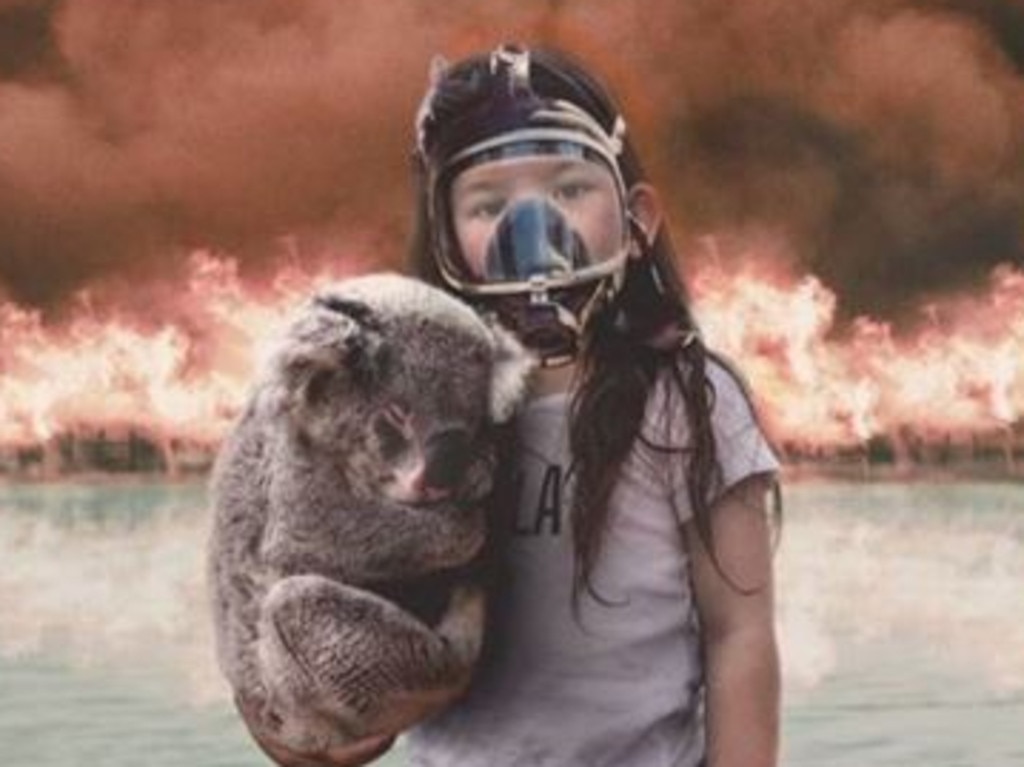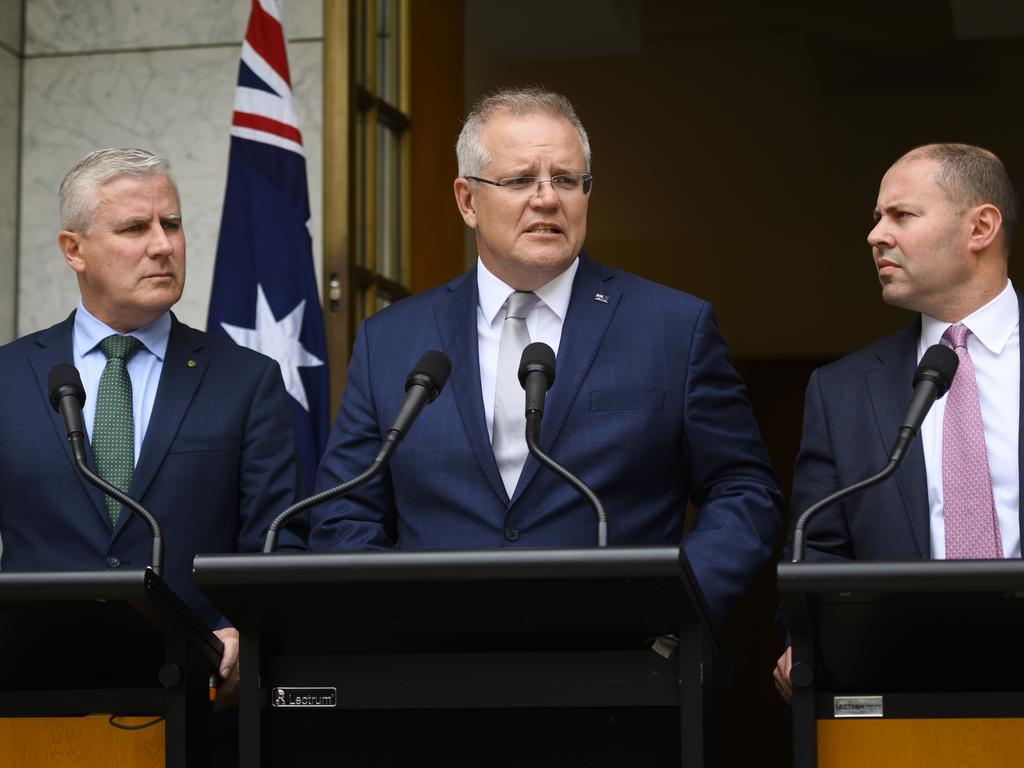Bushfires: Firebugs fuelling crisis as national arson toll hits 183
More than 180 alleged arsonists have been arrested since the start of bushfire season with 29 blazes deliberately lit in southeastern NSW.

NOTE: The Press Council has decided that this article did not breach its Standards of Practice. Read the full adjudication here.

More than 180 alleged arson cases have been recorded since the start of 2019, with 29 blazes deliberately lit in the Shoalhaven region of southeast NSW in just three months.
The Shoalhaven fires were lit between July and September last year, with Kempsey recording 27 deliberately lit fires, NSW Bureau of Crime and Statistics and Research data shows.
LIVE: Follow the latest on the bushfire disaster
INTERACTIVE MAPS: Where the firebugs are most active
Police arrested 183 people for lighting bushfires across Queensland, NSW, Victoria, South Australia and Tasmania.
NSW police data shows that since November 8, 24 people have been arrested for deliberately starting bushfires, while 184 people have been charged or cautioned for bushfire-related offences.
These offences include discarding lit cigarettes, setting off fireworks and failing to comply with a total fire ban.
Queensland police say 101 people have been picked up for setting fires in the bush, 32 adults and 69 juveniles.
In Tasmania, where fires have sprung up in the north of the state and outside Hobart, four were caught setting fire to vegetation. Victoria’s Crime Statistics agency told The Australian 43 incidents of cause a bushfire in 2019, with 16 charges laid.
Melbourne University associate professor Janet Stanley said arsonists were typically young males, aged 12 to 24, or older men in their 60s.

“There is no one profile, but generally they seem to have a background of disadvantage, a traumatic upbringing and often have endured neglect and abuse as a child,” Professor Stanley said.
“They are often kids not succeeding in school, or they have left school early and are unemployed. The boundaries between accidentally and purposefully are unclear because many arsonists don’t plan on causing the catastrophe that occurs.
“Often there is not an intention to cause chaos and the penalties for accidentally lighting a fire are far less than purposefully lighting a fire.”

Swinburne University professor James Ogloff said about 50 per cent of bushfires were lit by firebugs and impending fire seasons excited them.
“They’re interested in seeing fire, interested in setting fire and quite often the information around how fires burn and accelerate excites them,” the director of the Centre for Forensic Behavioural Science said.

Professor Ogloff assessed all three firesetters caught during the Black Saturday bushfires, including former volunteer firefighter Brendan Sokaluk, who was sentenced to 14 years for lighting the Churchill fire on February 7, 2009, that killed 10 people.
When arrested, Sokaluk, who is serving 14 years in prison, told police he “didn’t mean it”.
Professor Ogloff said for many firesetters, bushfire season was like being “a kid in a candy shop”.
“Everywhere you look there’s fire and everywhere you look there’s opportunity,” he said.

Police continue to investigate whether the major fire that broke out in November in South Turramurra on Sydney’s upper north shore was deliberately started.
Detective acting inspector, Adam Bennett, from Queensland’s Task Force Overcross said it was incredibly difficult to catch firesetters, but said community involvement was critical.
“We’ve had offenders be badly burnt and that’s how we’ve caught them,” he said.
“We’ve had sole firesetters and some are in groups, the adult offenders have tended to be by themselves. It’s a lot of opportunistic offending.”
Mr Bennett said Queensland Police knew of several major fires burning across the state that were lit deliberately, including the destructive Peregian fires in September.
More Coverage







